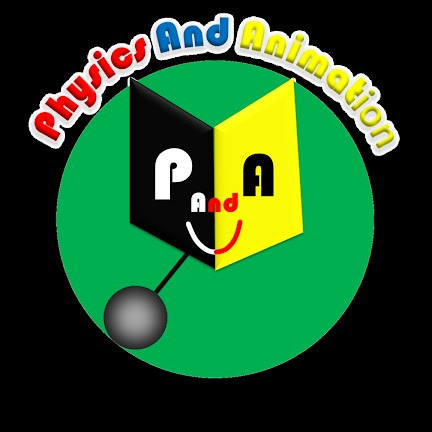The electrical transformer is a fundamental concept covered in class 12th electrical engineering, and understanding its principles is essential to the study of power transmission and distribution.
1. What is an Electrical transformer ?
Sometimes, it becomes necessary, to convert high alternating
voltage, to low alternating voltage or low alternating voltage to high
alternating .
This is done with a device called transformer Which works
on the principle of mutual induction.
2. But why do we need Transformer ?
The large scale transmission, and distribution of electrical
energy, over
long distances, is done with the use of transformers .
Here we have two very basic equations, of power and heat
loss,
In the equation of power, it is evident, that if voltage increases then current will decrease.
And if the current decreases heat loss will also decrease.
if we want to transmit power P, to a long range, throught a wire of some resistance R.
In this case,
It becomes necessary to transmit power at high voltage so
that the current is lower
lower the current, lower will be the heat loss, and
efficient will be the power transmission.
That’s why, we need a device called transformer, which can
increase or decrease the voltage, according to our need.
Lets try to understand, the basic principle of working, and construction of an electrical transformer.
3. Basic principle of working, and construction of an electrical transformer.
A transformer consists of two sets of insulated coils. One
of the
coils called the primary coil has Np turns.
The other coil is called the
secondary coil; it has Ns turns. Often the
primary coil is the input coil
and the secondary coil is the output coil of the
transformer.
4. Principle of an electrical Transofrmer
Electrical transformer, works on the principle, of mutual induction.When an alternating voltage, is applied to the primary coil, the resulting Current produces an alternating magnetic flux, which links to the secondary coil,And induces, an emf in it, which actually forces, the free electrons of the secondary coil, and therefore, produces alternating current_in the secondary coil, this phenomenon is called, electromagnetic induction, and particularly know as mutual induction.
As we can see in the animation, that the magnetic field lines, of the primary coil, is not linking, perfectly with the secondary coil, therefore, our energy of magnetic flux is getting wasted.
That’s why, for holding all the magnetic field lines_ produced by the primary coil and link it to the secondary coil, we use soft iron core, Transformer cores are usually made up of, thin metal sheets stacked in layers. The layers are laminated with varnish or other insulating material.
Because of the changing magnetic field, Eddy current are induced in the conductive metal of a transformer core
The layers of insulation serve as a barrier, to eddy currents, so eddy currents can only flow, in narrow loops, within the thickness of each single lamination.
.
Lets Visualize This
 |
 |
By first considering solid iron core instead of thin insulated metal sheets layers.
Lets try to understand, the eddy current formation, in the cross-section of the solid iron core.
Since the current in an eddy current loop, is proportional to the area of the loop. Therefore, in case of a single solid iron core, the eddy formation will be very high, And, thus there is higher power loss in form of a heat loss.
On the other, hand if we use, thin insulated metal
sheets, Stacked in layers, the layers of insulation, serve as a
barrier to eddy currents, so eddy currents can only flow in narrow loops within
the thickness of each single lamination. Since the current in an eddy current
loop, is proportional to the area of the loop, this prevents, most of the
current from flowing, and, reducing eddy currents to a very small level. thus
there is lesser power loss in form of a heat loss.
Because transformers can up the voltage or downs the
voltage they are classified as ,
Step up and step down transformer
If the emf induced in the secondary output coil, is higher ,
than the emf induced in the primary coil at input, then this type transformers
is called the step up transformers.
and if the emf induced in the secondary output coil, is lesser than the emf induced in the Primary coil at input, then this type transformers is called, step down transformers,
And this higher or lower value of emf induced, depends on
the number of turns, higher will be the no. of truns higher will be emf induced
in the coil.
So by just changing the no. of turns in the primary or secondary coil we can convert step-up transformer to step down transformer or vice versa.
This video explains the derivation of input and output voltage of transformer and transformation ration
Astronaut
By Poly




